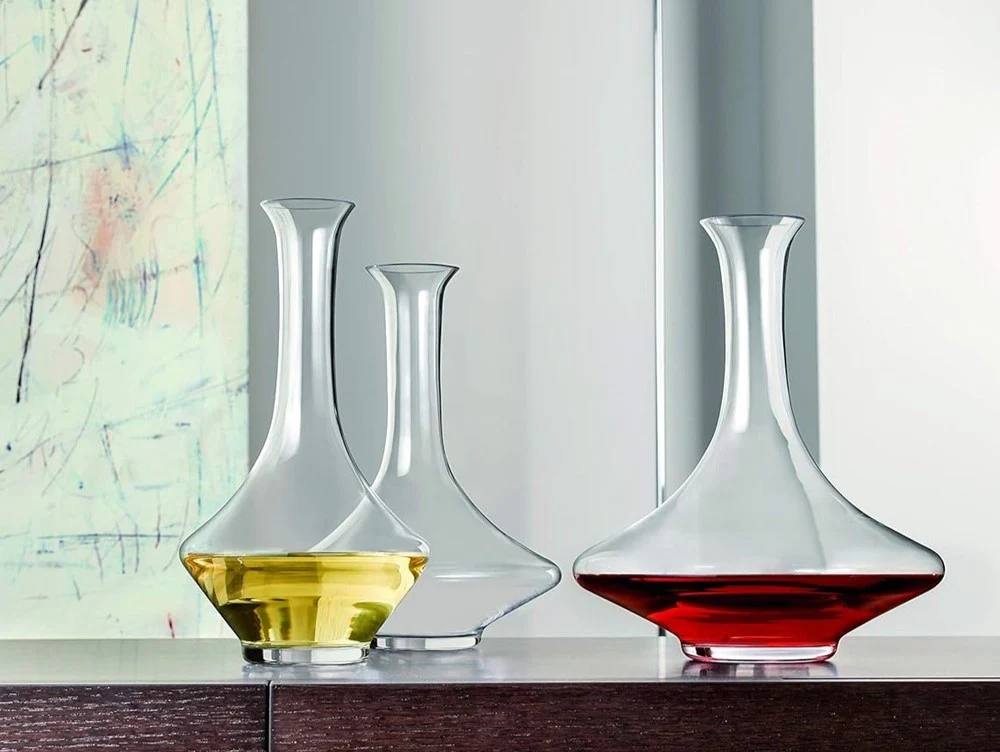Wine decanting may seem like a task reserved for sommeliers and fine-dining experiences, but it’s actually a simple and transformative technique that anyone can master. When done correctly, decanting can elevate the aroma, flavor, and overall experience of a wine making even modest bottles shine. Whether you’re entertaining guests or indulging in a solo evening glass, learning how to decant wine properly can help you enjoy your wine to its fullest potential.
Why Decant Wine?
At its core, decanting serves two primary purposes: aeration and sediment removal.
Aeration refers to the exposure of wine to oxygen. When wine is poured from the bottle into a decanter, it interacts with air, allowing volatile compounds to evaporate and aromas to blossom. This is especially beneficial for young red wines, which may taste tight or overly tannic straight from the bottle. Aerating helps soften these elements and opens up the wine’s bouquet.
Sediment removal is essential for older wines, particularly reds aged 10 years or more. Over time, wines naturally develop sediment a harmless but often bitter and gritty byproduct of aging. Decanting ensures that you pour the wine without transferring these solids into the glass.
What Wines Should Be Decanted?
While decanting is most common for red wines, other styles can benefit as well:
-
Young Red Wines: Varietals like Cabernet Sauvignon, Syrah, Malbec, and Nebbiolo can be bold and tannic in their youth. Decanting mellows the edges and releases their bouquet.
-
Older Red Wines: These benefit from decanting mainly for sediment removal. They don’t need extended aeration and should be consumed relatively quickly after decanting.
-
White Wines: Some fuller-bodied whites like white Burgundy or aged Chardonnay can benefit from brief decanting to express more nuanced aromas.
-
Natural or Unfiltered Wines: These often contain sediment or “wine diamonds,” and decanting helps present a cleaner pour.
-
Inexpensive Wines: Even everyday wines can taste more refined after a short time in a decanter, as aeration can mellow rough flavors.
Step-by-Step Guide to Decanting Wine
1. Choose the Right Decanter
Decanters come in various shapes and sizes, but the best are clear glass or crystal with a wide base to promote oxygen exposure. For young wines, opt for a decanter with a broader bowl. For older wines, a narrower one will suffice as minimal air exposure is needed.
If you don’t own a decanter, you can temporarily use a clean glass pitcher or even a large wine glass in a pinch. While not ideal, the effect is similar in terms of aeration.
2. Let the Bottle Stand Upright
If you’re decanting an older wine with sediment, allow the bottle to stand upright for at least 12–24 hours before opening. This gives the sediment time to settle at the bottom, making it easier to leave it behind during the pour.
3. Open the Bottle Carefully
Use a corkscrew to gently remove the cork. Older corks can be fragile, so use a two-pronged cork puller (Ah-So) if needed. Wipe the neck of the bottle to remove any wine or debris.
4. Pour Slowly and Steadily
Hold the decanter at an angle and slowly pour the wine from the bottle into the decanter. Watch for sediment, especially with older wines. Once you notice cloudy or gritty liquid approaching the neck of the bottle, stop pouring. You can use a candle or flashlight placed behind the bottle to help detect the sediment in low lighting.
5. Let It Breathe
After pouring, let the wine sit for a while. The amount of time depends on the wine’s age and character:
-
Young red wines: 30 minutes to 2 hours.
-
Full-bodied whites: 15 to 30 minutes.
-
Older reds: 15–30 minutes max, as prolonged aeration may cause them to lose their delicate aromas.
You can periodically swirl the wine in the decanter to enhance oxygen exposure, especially for young wines.
6. Taste and Enjoy
After the wine has rested, pour a glass and taste. If it still feels closed off or tight, give it more time. There’s no rush decanting is as much about enjoyment as it is technique. Observe how the flavors and aromas evolve over time. Many wines reveal layers of complexity with just a little patience.
Bonus Tips for Decanting Like a Pro
-
Double Decanting: For those in a hurry, you can “double decant” by pouring the wine into a decanter and then back into the original bottle using a funnel. This speeds up aeration while maintaining the original presentation.
-
Aerating Tools: While not a replacement for decanting, wine aerators are handy tools that mix wine with air as you pour. They’re useful for on-the-spot drinking, especially for single glasses.
-
Serving Temperature Matters: Decanting won’t help if the wine is too warm or too cold. Make sure reds are served at around 60–65°F (15–18°C) and whites slightly cooler.
Conclusion: Decanting as a Ritual
Decanting isn’t just a technical exercise it’s a ritual that enhances the entire wine-drinking experience. From the graceful pour to the slow unveiling of aroma and flavor, it adds elegance and intention to the process. Whether you’re sipping a prized vintage or opening a $10 bottle, taking the time to decant allows the wine to show its true colors and lets you enjoy every sip to the fullest.
So, next time you uncork a bottle, consider bringing out the decanter. You might just be surprised at how much better your wine tastes with this simple, time-honored step.



